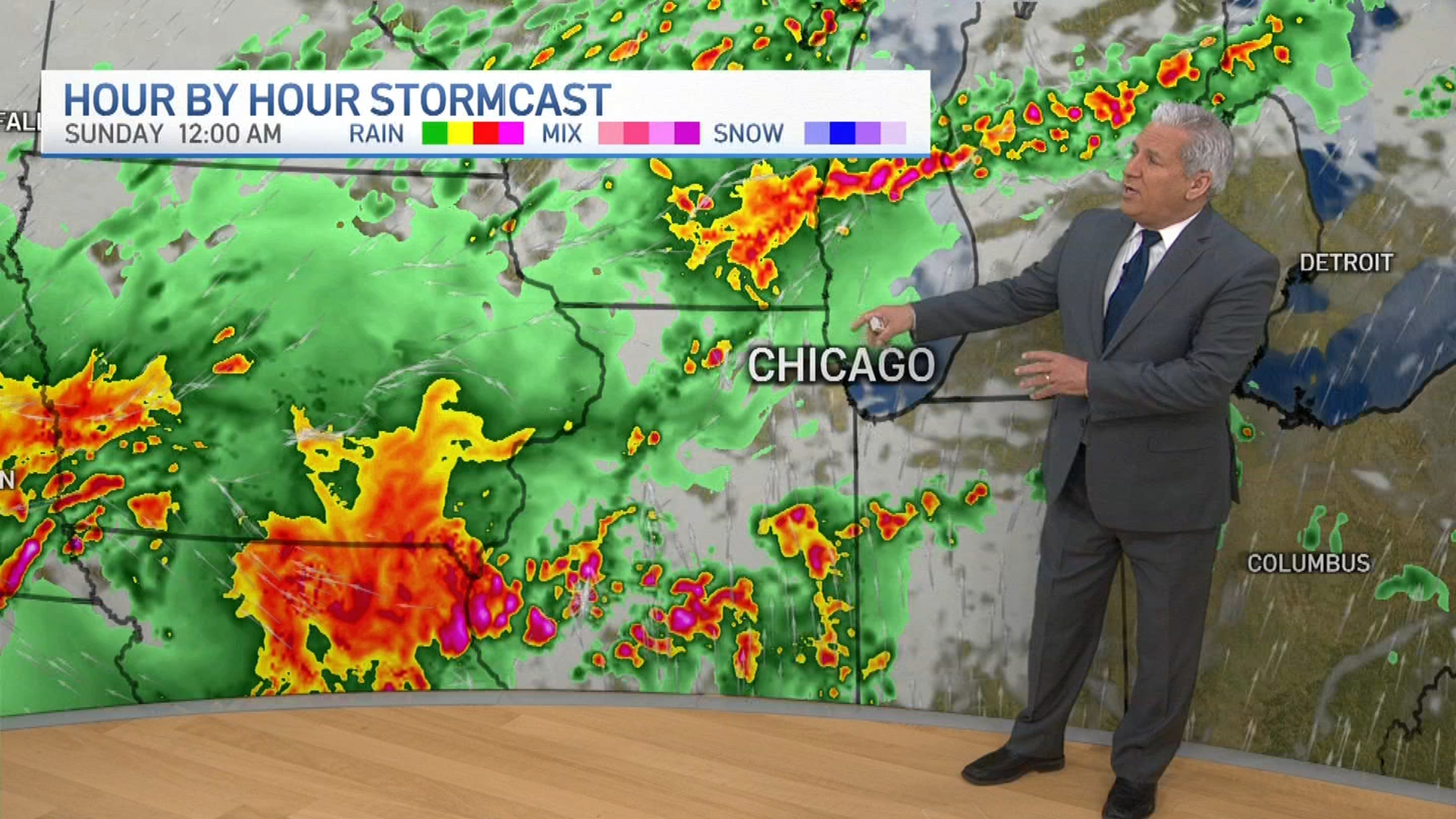In Naperville, city officials have noticed a strange trend.
"Since 2015, the amount of waste and recycling per household, on average, was going down," said Ben Mjolsness, the Sustainability Manager for the City of Naperville.
That piqued Mjolsness' interest.
"It turns out, Naperville is doing really well when it comes to recycling, but through that time since 2015, we’ve seen advancements in packaging for consumer products being lighter."
Feeling out of the loop? We'll catch you up on the Chicago news you need to know. Sign up for the weekly Chicago Catch-Up newsletter here.
A combination of the reduced weight of packaging and a shift in household habits, specifically, fewer subscriptions to print media, is making loads lighter.
"Now, people are using online sources, devices, to get news and entertainment," said Mjolsness.
"Things like water bottles and beverage containers, in general, have less plastic, so they’re lighter in the recycling stream. Same goes for things like products that get shipped from Amazon or elsewhere."
Local
From your curb, recyclables end up in material recovery facilities, or "MRFs."
One such facility, Lakeshore Recycling Services (LRS), just expanded in the fall and is now offering public tours to "lift the veil" on the amount of effort that goes into recycling.
"This is our newest, state-of-the-art facility that sorts Chicagoland recyclables. It’s an amazing facility that processes 25 tons of material an hour. That’s 50,000 pounds an hour," said Joy Rifkin, the sustainability manager at LRS.
LRS services Chicago's Blue Cart recycling program, Chicago Public Schools, as well as condominiums, libraries and businesses.
Throughout the facility, located in the Chicago Stockyards, recyclables travel on conveyer belts before they're sorted by size.
Optical sorters use infrared light to pick up the chemical composition of a material. Based on how that light refracts, the machine recognizes the material, which triggers air jets that shoot plastic, paper and metal into different bunkers or onto another conveyer belt, before it is ultimately packed into bails that will later be sold to manufacturers for repurposing.
Aluminum, the most valuable material in recycling, can be back on store shelves in as little as 90 days and is infinitely recyclable.
LRS has invested in a brand new AI robot, already in service, to recover aluminum that may have been missed in the sorting process.
"The goal is to say, 'hey this does matter.' We want the correct materials in your bin, so we can sort it and get it back into our ecosystem," said Rifkin.
So what are the correct materials? Rifkin says it's simple.
"We recycle cardboard, paper, metal, glass, cartons and plastic. We want rigid plastic, plastic that keeps its shape. Bottles, tubs, jugs and jars."
She says, avoid tossing plastic bags and other flexible packaging, like shipping envelopes and bubble wrap, into bins.
"If it's soft plastic you can smash, it goes in the trash," she says.
Rifkin encourages recyclers to leave plastic caps on bottles and not to smash cans or cartons. Keeping their "3D shape" helps in the sorting process. So does breaking down boxes before recycling them.
As for electronics, batteries and paint, those should never go in home bins and need to be taken to specific drop-off locations.
Many plastics feature recycling symbols and numbers, which can be confusing.
Rifkin says just because an item features a "chasing arrow" doesn't mean it's recyclable at home. The numbers inside triangles are used to identify the type of plastic used in the product.
"That’s just telling you what polymer is being used to make that plastic. We try to avoid the numbers and keep it simple: rigid plastic. Bottles, tubs, jugs and jars that’s what we want in your bin," she said.
Rifkin and other recycling experts say the simple act is important because resources are finite.
"We can do so much more, and live so much more sustainably, by keeping the materials we’re already using in circulation," said Clair Ryan, the President of the Illinois Recycling Foundation.
There's no statewide system in place to track recycling data.
"Counties are required to write solid waste management plans," according to Ryan.
"Because of discrepancies in how that data is collected, it’s really hard to compare between different counties," she says.
The IRF's goal is to eventually foster communication between counties to get more consistency.
However, Ryan says recycling numbers remain consistent. Both she and Rifkin say overall, people want to do their part.
"There is a lens on this like there has never been before," Rifkin said. "We want to know what’s recycled. We want to do it correctly. What I’ve seen is this increase in community understanding and this increased focus on what is recyclable and what isn’t."
"If those materials are going to a landfill, they’re emitting methane, a potent greenhouse gas," Rifkin said. "When we can get those materials, sort them and recycle them, we are combatting climate change."



